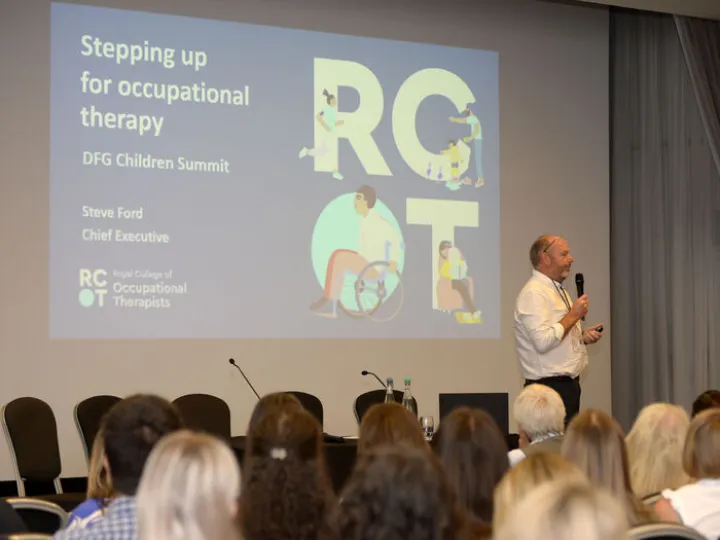A Home Advantage
On 27th June Foundations hosted the DFG Children Summit in Birmingham, a gathering focused on enhancing the delivery of home adaptations for disabled children. Paul Smith, Foundations' Director, told us that it had been truly inspiring to spend the day with so many dedicated individuals and professionals, all sharing a common goal: to improve the lives of children through better, more effective home adaptations
One of the key takeaways from the summit was the clear difference between what a Disabled Facilities Grant (DFG) can pay for, what a disabled child and their family needs, and how they envision living in their home.
While DFGs are designed to fund necessary adaptations, it's not always going to be able to meet the holistic needs of the family. The family's vision for their home, incorporating both functional and emotional elements, frequently extends beyond the financial limits of a DFG.
As discussed during the event, the complexity and cost of cases are rising. In a small but significant number of cases, DFG now represents a minority funding stream. The increasing complexity of these cases demands a more nuanced approach to funding and collaboration.
Economic rationale
When the cost of taking a disabled child into care can soar to £280,000 per year, the economic rationale for investing in home adaptations and keeping that child with their family is well made: a well-funded adaptation can provide a more stable, nurturing environment for the child, often at a fraction of the cost of institutional care.
Achieving this requires a concerted effort from various departments and organisations. The summit emphasised the importance of interdisciplinary collaboration. When faced with potentially expensive cases, it is crucial not to treat them as standard DFG cases.
Instead, we should assemble a dedicated team to work closely with the family, crafting a comprehensive solution and funding package. This package might include contributions from the family, social services, and in some cases, the NHS. Such a collaborative approach ensures that the adaptation meets the full spectrum of the child's needs and supports the family's well-being.
A collaborative effort
A practical example discussed at the summit involved a family with a severely disabled child requiring extensive home modifications. The initial DFG allocation was insufficient, prompting a collaborative effort involving social services and the NHS.
By pooling resources and expertise, the team developed a solution that not only catered to the child's immediate needs but also anticipated future requirements, providing a sustainable living environment. This approach not only enhanced the child's quality of life but also significantly reduced long-term public sector costs.
The overarching message from the summit was clear: there is a substantial prize in terms of the well-being of disabled children and their families, and in the reduction of long-term public sector costs, if we can get our approach right.
The current system, while effective in many ways, is facing new challenges due to increasing costs and complexity that it wasn't originally designed to meet. To truly support disabled children and their families, we must adopt a more flexible, family-centred approach. This means looking beyond the confines of DFGs and embracing a collaborative model that includes multiple stakeholders.
A paradigm shift
To sum up, the DFG Children Summit underscored the need for a paradigm shift in how we approach home adaptations for disabled children. The path forward involves recognising the limitations of current funding mechanisms and fostering greater collaboration between Councils.
By doing so, we can create environments that not only meet the immediate needs of disabled children but also enhance their overall quality of life, while delivering long-term cost savings for the public sector.
Click here for further information.




